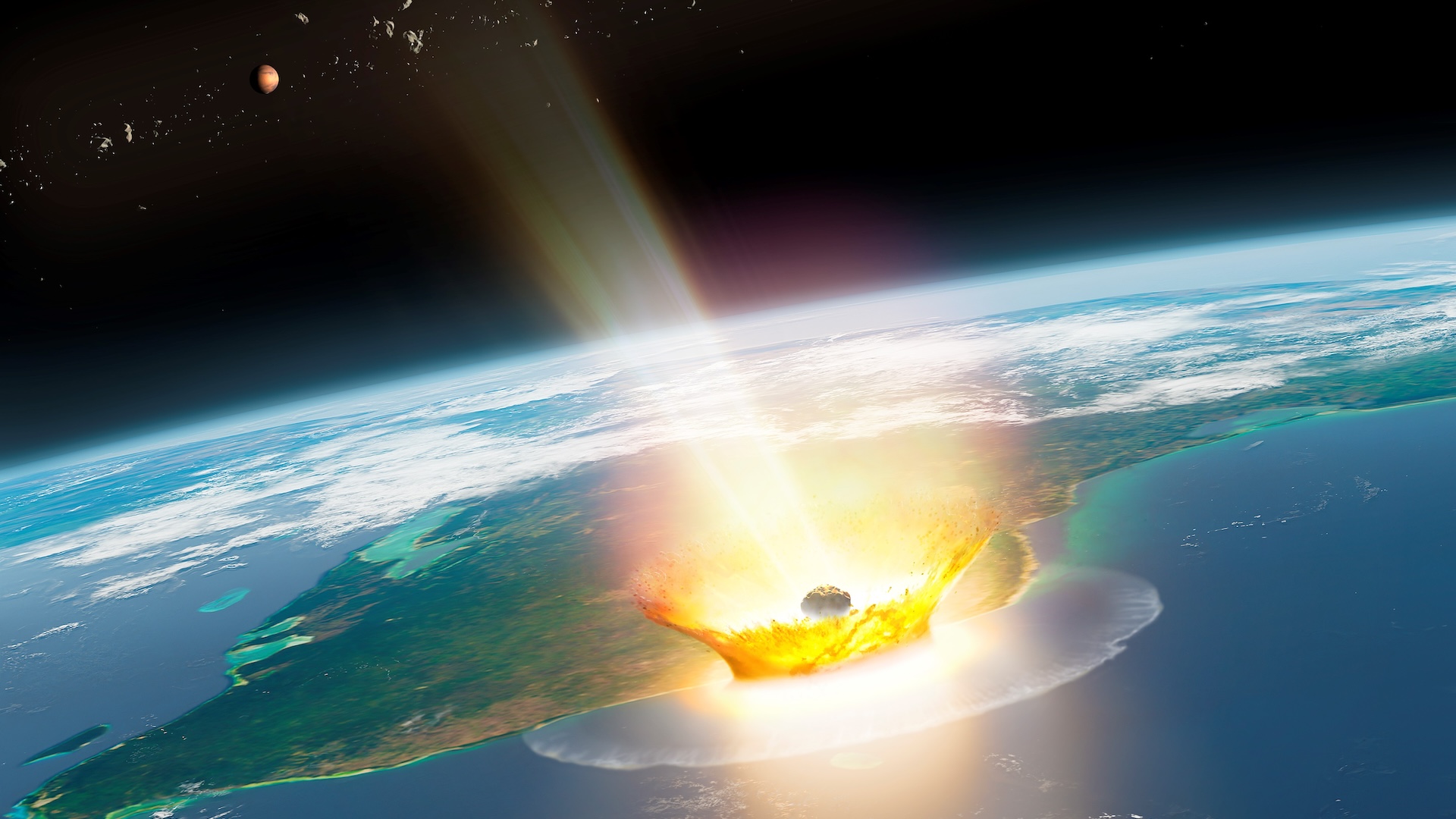Research Indicates That Nuclear X-Rays Could Serve as a Mechanism for Altering Asteroid Trajectories
Nuclear X-rays Could Deflect Asteroids and Protect Earth, Study Suggests
Scientists have recently proposed an innovative method for protecting Earth from potentially catastrophic asteroid impacts, utilizing nuclear explosions to generate powerful X-rays. This groundbreaking approach, detailed in a study from Sandia National Laboratories, suggests that instead of destroying an asteroid, a nuclear device detonated near one could emit X-rays strong enough to vaporize part of its surface. The resulting force from this vaporization could then be harnessed to alter the asteroid’s trajectory, nudging it away from a collision course with Earth.
Testing Asteroid Deflection with X-rays
To investigate this hypothesis, researchers employed Sandia’s Z Machine, which is recognized as the most powerful X-ray source on the planet. By replicating the burst of X-rays that would be produced during a nuclear explosion, they were able to simulate the conditions an asteroid would encounter in space. The results of the experiment were promising; the intense X-ray radiation successfully vaporized surface material from the simulated asteroid, demonstrating the feasibility of using X-rays as a means of deflection.
Simulating Asteroid Deflection in the Lab
During the experiments, the researchers used quartz and silica as target materials, which are representative of those found in asteroids. The targets were suspended in a vacuum and exposed to powerful X-rays, creating a vapor plume that propelled the targets. This setup mimicked the effect an asteroid would experience in the cosmos. Remarkably, the targets accelerated to speeds approaching 155 mph, showcasing that this X-ray deflection concept could work under real-world conditions.
Implications for Planetary Defense
The findings from this research could have significant implications for planetary defense strategies. Traditional methods of deflecting asteroids often involve kinetic impactors or nuclear detonations aimed directly at the asteroid, which carry risks of fragmentation and unintended consequences. However, this X-ray method could offer a more controlled approach, minimizing the risk of shattering the asteroid and generating additional debris that could threaten Earth.
Future Research Directions
Moving forward, researchers emphasize the importance of further experiments to refine this X-ray deflection technique. Future studies may involve testing with a wider variety of asteroid materials and examining different sizes and compositions. Additionally, advancements in simulation technologies and theoretical modeling could help optimize the timing and placement of nuclear detonations to maximize their effectiveness in altering an asteroid’s path.
Conclusion
As the threat of asteroid impacts remains a concern for Earth, innovative approaches like the nuclear X-ray deflection method offer new hope for safeguarding our planet. This research not only expands our understanding of asteroid dynamics but also paves the way for developing practical strategies to mitigate potential catastrophic events in the future. With continued exploration and collaboration, scientists may unlock more effective solutions for planetary defense, ensuring a safer environment for generations to come.












